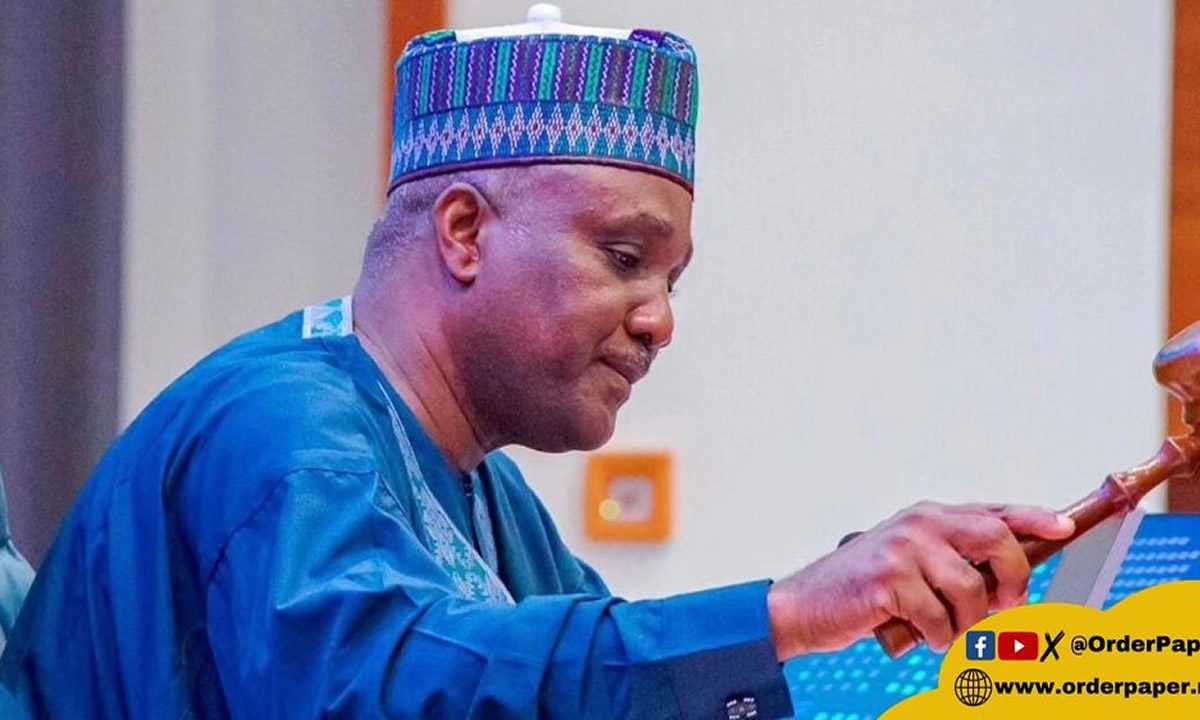Rep. Aliyu said the project looks to reduce the number of out-of-school children through a non-formal accelerated education system and other alternative schooling programmes.

The House of Representatives has disclosed that it is working on a project that will ensure that over 14 million out-of-school Nigerian children are back to school.
This is according to the chairman of the Committee on Alternative Education, Rep. Ibrahim Al Mustapha Aliyu (APC, Sokoto).
Aliyu, who disclosed this during an interaction with journalists on Sunday, in Abuja, said the intervention aims at addressing public education by tackling poverty and value gaps.
Tagged ‘Nigeria Mass Reduction of Out-of-School Children and Youth Project’ (NiMPROP), the framework is proposed to last for a period of four years.
NiMPROP, which aims at improving access to education for all Nigerian children in line with Sustainable Development Goals (SDGs-4) objectives on qualitative and inclusive education for all, will be implemented in partnership with relevant government agencies.
READ ALSO: IYD 2023: “Review education curricula to solve unemployment challenge” – OPEN Space
Rep. Aliyu also informed that the committee already had several engagements with relevant agencies in the past week with favourable responses, adding that it was working with the National Commission of Almajiri and out-of-school children, the National Commission for Mass Literacy, Adult and Non-Formal Education and the National Commission for Nomadic Education on the project.
The lawmaker further informed that necessary machinery has been put in place for the actualization of the intervention as the House gets set to reconvene from its annual recess on Tuesday.
According to him, “The project would significantly reduce the number of out-of-school children through a non-formal accelerated education system and other alternative schooling programmes, even as it is aimed at ensuring the significant reduction of poverty in the six geopolitical zones of the country.
“The intervention targets the reduction of poverty among the population as follows; Northeast – 4 million people; North West – 3.4m people; North Central – 2.5m; South East – 3m; South South – 2.1m, and South West – 1.6m.
“Based on the statistics from the National Bureau of Statistics (NBS), the Northeast leads in the poverty index with 71.86 percent of its population in poverty, followed by the Northwest with 64.84 percent, while the North Central has 42.70 percent. Others are: South East, 42.44%; South South, 21.28% and South West, 12.12%.”


